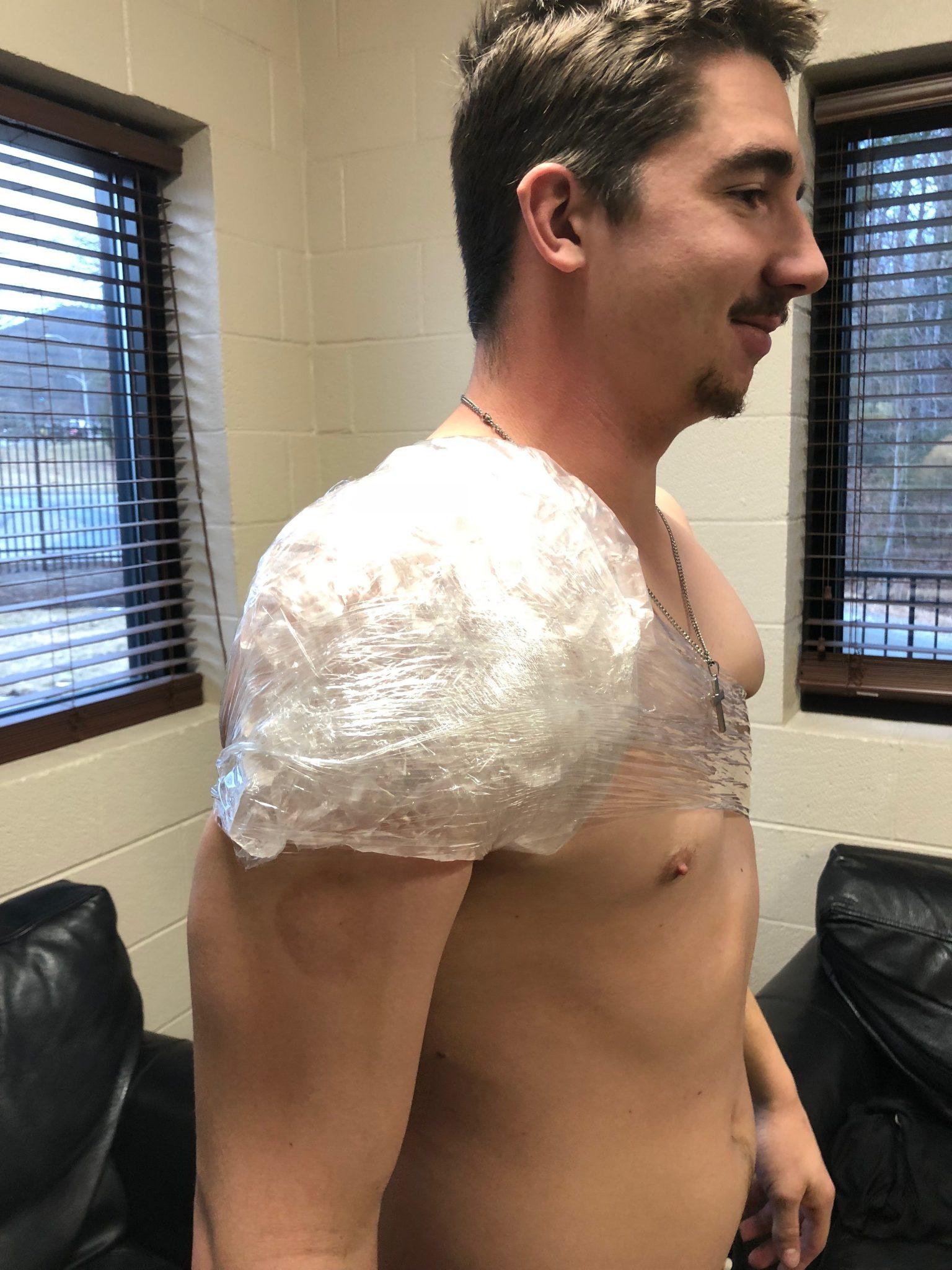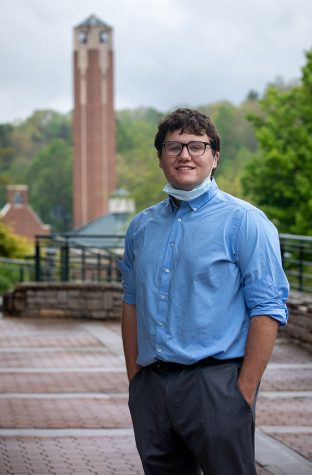A strain in the elbow or shoulder may prompt some to stretch or ice the sore body part. But for baseball players, it can mean an end to their career.
According to the Rothman Institute, two of the most common injuries that a pitcher can face are a rotator cuff tear in the shoulder or an injury to the ulnar collateral ligament in the elbow.
If a player wants to get back to being able to throw the baseball following a bad UCL injury, they will undergo Tommy John surgery.
Baseball pitchers are not the only ones who may undergo Tommy John surgery.
Beau Myers, redshirt sophomore, is an outfielder for the Appalachian State Mountaineers’ baseball team and recently underwent Tommy John surgery.
“Tommy John surgery was horrible because I was stripped of doing something that I have done all my life. It was tough not being completely sure whether or not you’ll ever really come back to your old self,” Myers said via email.
Tommy John surgery is a reconstruction of the UCL. Tommy John surgery was first performed on a MLB pitcher named Tommy John in 1974 when he was part of the L.A. Dodgers.
The surgeon takes a tendon from a donor or from a different part of the patient’s body and grafs it to act as the new UCL, according to the Johns Hopkins Medicine website.
Myers said that he knew after a throw from the outfield that his arm was done. He explained that sitting around for a two-week period waiting for his MRI was painful because he did not know if he would ever play again.
“When I got my MRI I already knew and had accepted that my UCL was 100 percent torn, so I didn’t really have any reaction at that point,” Myers said.
Jon Mitchell, the director of athletic training, said that after a surgery the athletic trainers will work closely with the physicians during the rehab process so the athlete can return to playing their sport.
“If we are moving a little slower or a little faster, we are in conversation all the time with the physician so we can figure out if something’s not working we can make it work,” Mitchell said.
Myers started doing his rehab about three months after his surgery. He said that there was a lot of painful stretching because his arm had been locked at a 90-degree angle for months, causing everything to tighten up.
“Every day I worked on getting my range of motion back. Once my range of motion came back, I did a lot of band work strengthening all of the muscles around my UCL,” Myers said.
Myers said that Christina Biddle, the baseball athletic trainer, helped get him back to where he was before his injury.
At the end of last season, Travis Holden, senior right-handed pitcher for the Mountaineers’ baseball team, was doing his normal long toss when he felt a pull in his shoulder and later found out it was a tear.
“I did all the necessary things and went to get an MRI, and they said that I had a partial tear of my supraspinatus, which is part of your rotator cuff,” Holden said.
Holden said that initially after the tear he “stopped throwing completely,” and got a cortisone shot to try and play the rest of the season but ended up being unable to. He was in a sling for four weeks before starting a rehab program.
“We kind of started with just a various set of loosening-up exercises, like bending over and swinging my arm to working to doing bands and internal and external rotation, weighted ball stuff, and I guess more stretching to build up everything around it,” Holden said.
Holden said that in order for him to not get hurt again he strengthens the deltoid and bicep tendon so that they can get strong enough to compensate for all the pitching.
Myers also works to not get hurt again and has a certain focus for himself after his injury.
“Now all I do is work on keeping my forearm as loose as possible,” Myers said.
Story and Photos By: Moss Brennan, In-Depth Editor


